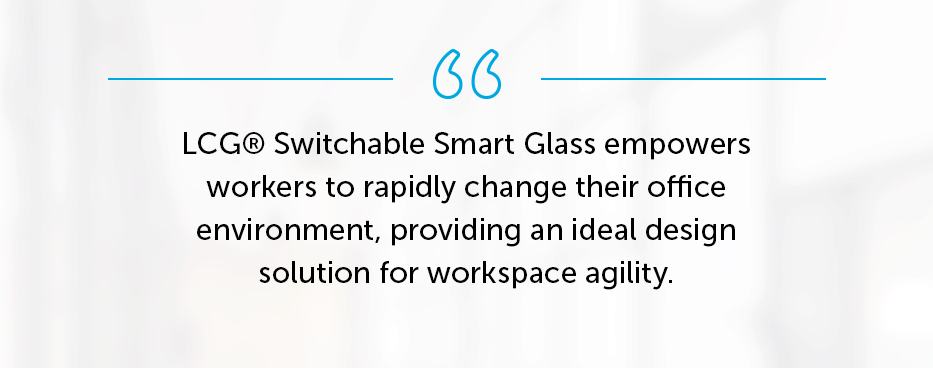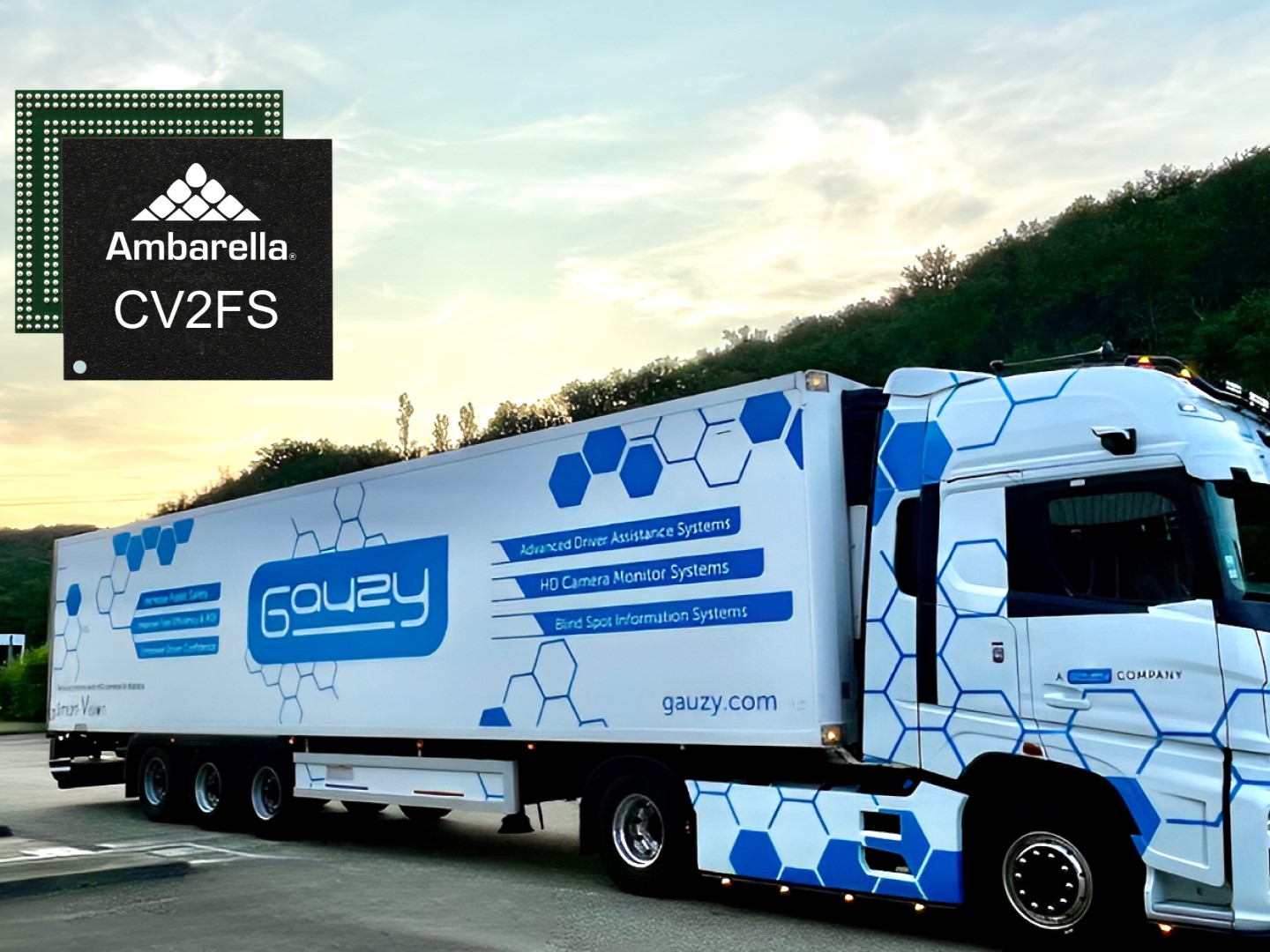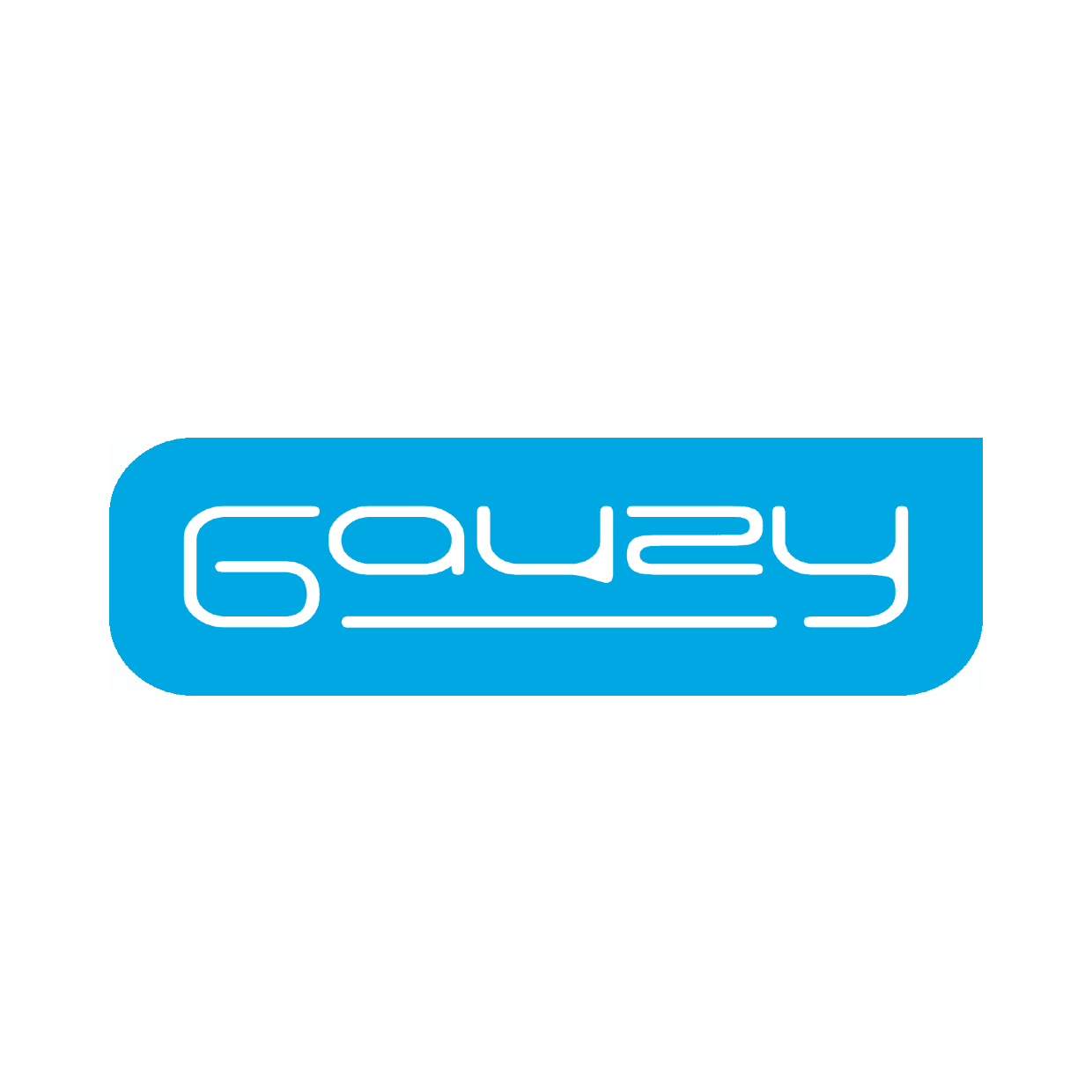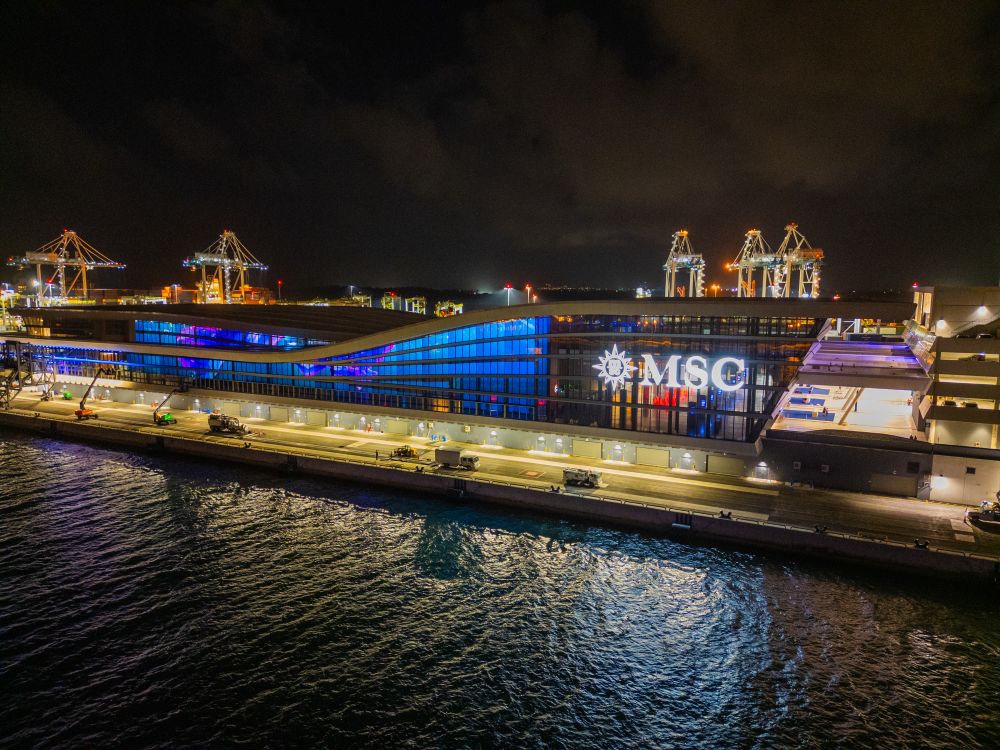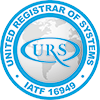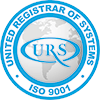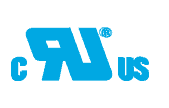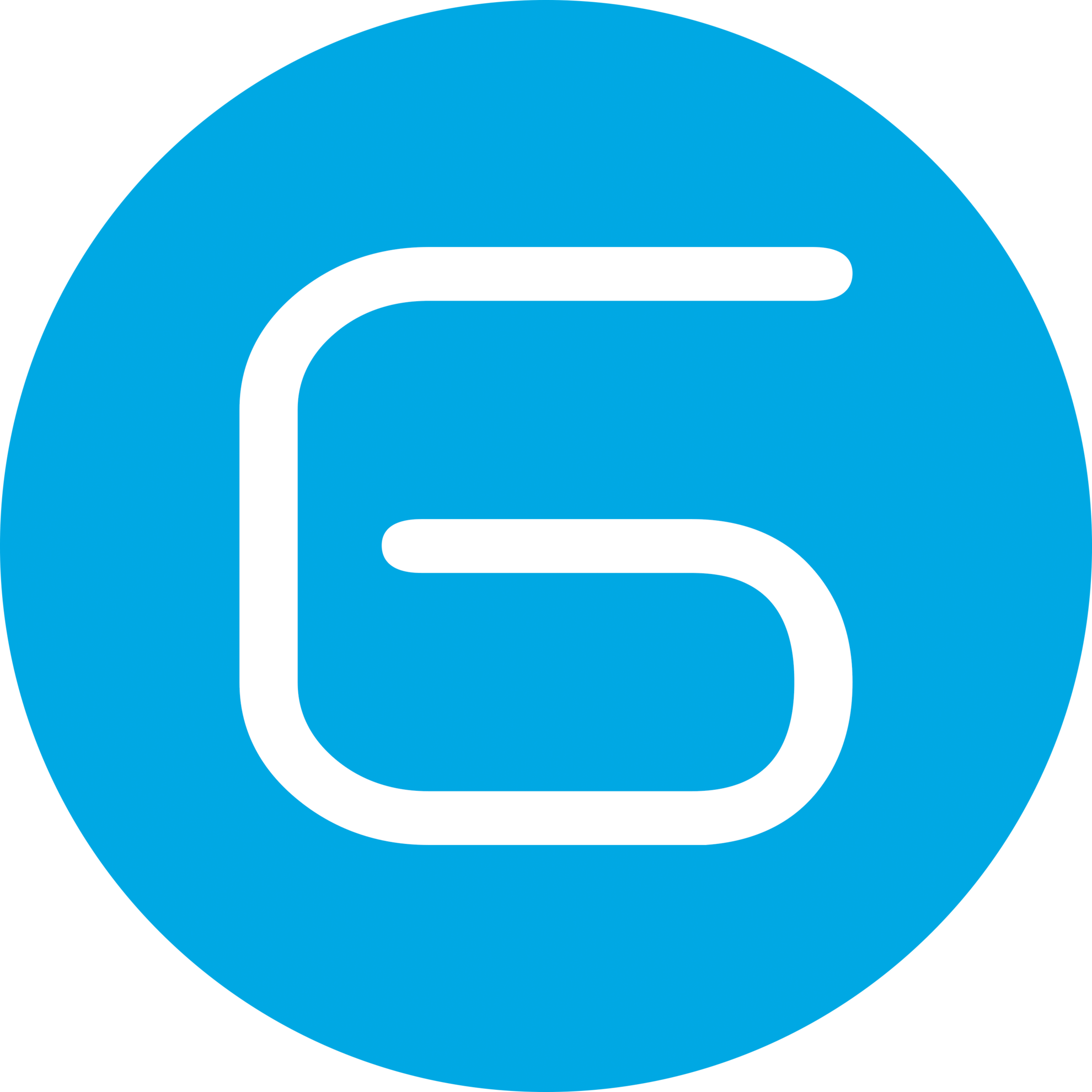Smart glass is helping architects, interior designers, and partition manufacturers to create an agile work environment, making workspaces more flexible. Smart Glass as a design solutions offers an option of transparency for team productivity while helping to maintain privacy when companies need it most.
Transparency isn’t just a characteristic of glass. It’s a company culture trait aimed at improving work results and employee satisfaction. Agile project management and agile workspace design are two such practices.
The Agile Movement
In 2001, a group of frustrated software designers invented The Agile Manifesto. It was formulated by brainstorming a document arguing against rigid product development rules that they felt were stifling invention in the software industry, discouraging employees, and not meeting customer needs.
Their ideas for flexible project management traveled far beyond Silicon Valley to change business practices and workspaces worldwide.
Agile workspaces have flexible floor plans to accommodate changing needs during different stages of projects. Open spaces encourage collaboration and transparency in communication, with flexible furniture arrangements and adaptable spaces.
Interior glass office partitions are found in many such offices as they can be easily and rapidly adjusted as well as take advantage of natural light – an office perk that outranked premium perks according to a 2018 study reported in the Harvard Business Review.The study also reported that 47% of the employees polled felt “tired or very tired” and 43% felt “gloomy” when natural light was absent in offices.
Let There Be Light and Privacy
Interior glass structures, which can include meeting area walls and office partitions, help to extend access to outdoor light for all employees, even in large offices.
But what happens when there is a need for privacy? Traditional fabric curtains for privacy or shading are outdated, hard to clean, collect dust, and disrupt sleek glass partition designs.
LCG® Switchable Smart Glass empowers workers to rapidly change their office environment, providing an optimal design solution for workspace agility. Here are a number of ways smart glass, also known as privacy glass or privacy film, provide an agile work environment:
- Tinting glass to varying levels of dimness with SPD LCG® Smart Glass technology on sky facing windows to reduce glare and create shade without blocking outside views.
- Instantly allow for privacy during confidential meetings or use glass as a whiteboard with LCG® that instantly turns from transparent to completely private with a remote, app, or click of a button.
- Allow for half transparency in privacy glass for a unique ambiance that is customized and not achieved with “total” privacy or light shading solutions like drapes.
- LCG® smart glass partitions allow walls to be multifunctional as opaque glass can be used as a white board or HD projection screen during presentations and brainstorming sessions.
- Patterned LCG® replaces mechanical blinds and provides unique transitions from ON to OFF that make a space more interactive and dynamic.
- Integrating colorful switchable smart glass to support brand or decoration colors in the walls and doors.
- Selecting virtual slatted shades for semi-privacy in meeting rooms or individual workstations.
- Flipping from transparency to solid opaque looks (white, black, or in a color) when ultimate privacy is necessary, or when a wall needs to be used as a whiteboard or projection surface.
- Common workspaces often use desk dividers. When using smart glass, these partitions can be switched on and off, to enable privacy or communication.
Switchable glass, or LCG® (Light Control Glass), is becoming a top choice for flexible design in office spaces. But adaptability is also dependent on clever layout of floor plans and digital infrastructure.
Agility in Office Layout
A key idea about both agile management and agile workspaces is that progress matters more than perfection. Everyone involved in the planning of an agile work environment needs to keep in mind that designs must be adaptable to meet the current needs and ongoing evolution of a company or coworking space.
Organizations focused on promoting agile practices cite the following basic components to align with the movement:
- Open Plan Areas, containing long community tables, generally used for large groups, collaborative discussions or computer-based tasks that don’t require quiet concentration.
- Breakout Areas, including small tables and sofas, lend themselves to talkative small group activities including informal lunch meetings and brainstorming sessions.
- Quiet Zones for privacy and independent concentration. These may be single-person work carrels bounded by wall dividers, or completely enclosed and insulated spaces, with switchable privacy glass doors, empowering workers to maintain a clear view of the outer office or opt for opaque solitude.
- Touchdown Zones are easily accessible work areas — usually containing one or two long tables — for workers whose office visits may be infrequent or for anyone who needs to complete quick tasks, such as answering email.
- Resource Areas, essentially places where everyone can access copiers, printers, and storage. Resource areas don’t have to be actual rooms, but for a tidy, attractive look, designers might consider enclosing these utility areas with smart glass office partitions.
- Inspiration Spots located throughout the workspace, providing changeable displays of houseplants, armchairs next to outdoor views, or small shelves of puzzles like Rubik’s Cubes.
- Public Spaces – welcome desks, foyers, and partition doors that lead from the elevator to the office space itself can have unique projections including logos, artwork, events, news, or other enriching communication that adds value to a worker, or guests, experience.
Allowing Transparency & Privacy
The Agile Movement and its open workspaces emphasize transparent communication — free and candid discussion between team members. Yet anyone who has worked in an open office knows that there need to be ways to insure safe communication and conserve time for solo “do not disturb” tasks.
Switchable glass with PDLC enables agile workspaces to be created, and helps architects and designers establish innovative solutions. Speak with Gauzy to see how smart glass can be applied to your workspace or project.
Want to learn more about Smart Glass or receive a quote? Contact the Smart Glass experts at Gauzy today.

